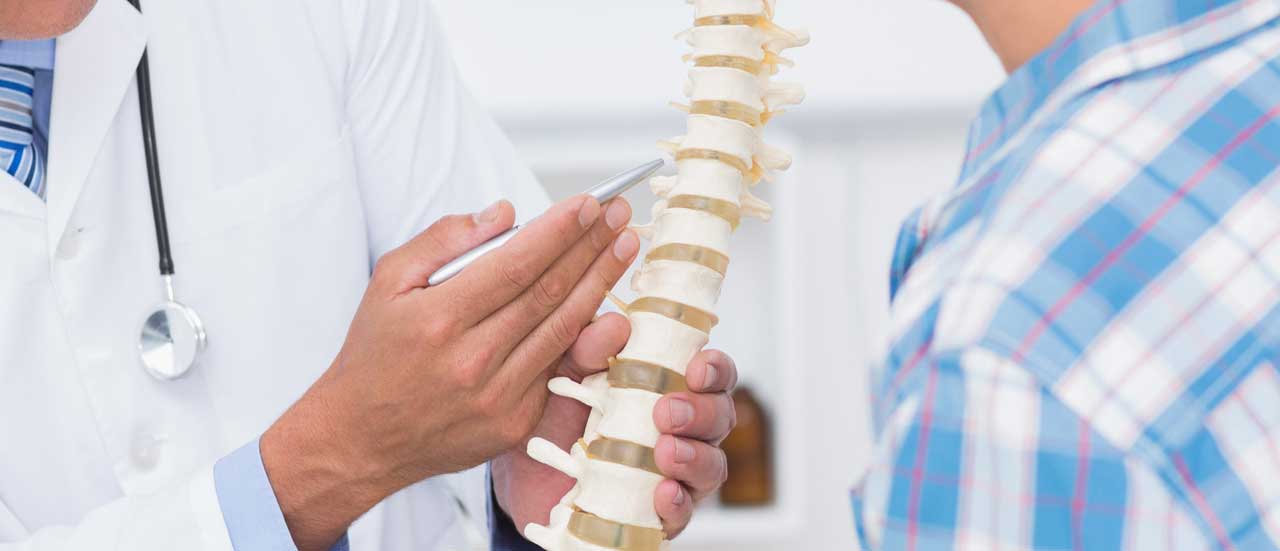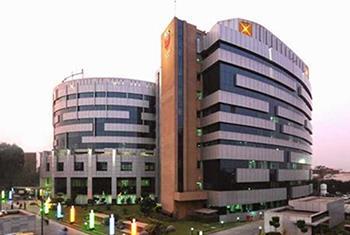The Cost of L4 L5 Surgery in India
The severe spine conditions have an impact on the person’s ability to perform daily tasks and bodily functions. It hurts so bad that their neck and back hurt. To control the conditions and get better relief, one must select the most effective strategy. The cost of l4-l5 disc surgery is significantly lower in India.
The cost of l4-l5 disc surgery in India aids patients in controlling their issues and finding relief. Many problems can be successfully treated with spine surgeries. The best centre has a higher success rate for L4 and L5 disc surgeries. The type of surgery you have will also affect the cost.
Several costs are included in the cost of l4-l5 disc surgery in India. In comparison to many developed countries, India offers far more affordable prices. The most affordable l4-l5 spine surgery cost in India aids patients in covering their expenses.
Numerous cutting-edge strategies and techniques can be used to manage the procedure. These help produce positive outcomes under challenging circumstances. The type of surgery one will have will determine the cost. For example:
Spinal decompression
- A highly skilled and trained spine surgeon will perform spinal decompression surgery to treat lower back pain caused by pressure on the spinal nerves and related structures.
- The muscles will relax during decompression surgery, which could help to minimize pain.
- Decompression surgery is a procedure where the muscles are relaxed, and the pain can be minimized to an extent.
- The cost of endoscopic decompression starts from USD 4,500.
MIS
- Qualified spine surgeons perform minimally invasive spine surgery at the best hospital.
- During surgery, spine physicians will use micro cameras and supporting equipment to help them reach the exact location where they need to perform the procedure and improve the patient’s quality of life.
- Minimally invasive spine surgery procedure costs between USD 5,000 to USD 6,500.
Artificial Spine Lumbar Disc Replacement
- To perform this surgical procedure, an artificial implant with a synthetic platform is made using the required alloys.
- This technique relieves lower back pain and lessens the disc’s restriction on normal motion.
- It is a procedure that relieves the pain in the lower spine and at the same time dilutes the obstruction of the normal motion of the disc.
- This procedure will cost you between USD 6,000 to USD 7,500.
Spinal Fusion
- Spine surgeons will use a bone donation to perform spinal surgery on the L4-L5 disc.
- The decision to join the companion vertebrae may come from the patient or donors.
- To support bone fusion and stabilize the vertebrae, they also employ metallic rods, screws, and other tools.
- The Spinal fusion surgery cost in India is starts from USD 6,400.
Scoliosis surgery
- Surgery for scoliosis is a non-surgical pain management option.
- The procedure is done to treat curves that are starting to form or curves that press against the nerves and cause issues like pain, weakness, or numbness.
- Although the posterior approach is used for this procedure, the front or side of the vertebrae may also be used.
- To lessen the pain, a frontal or side approach will be made. To relieve the patient’s pain, the spine surgeons perform the surgery via the posterior (or back) or anterior (or side) approaches of the spine.
- The approximate cost of scoliosis surgery is USD 12,000.00.
Factors that Influence the Cost of The Best L4-L5 Spine Surgery in India
India offers L4-15-disc surgery at a significantly lower cost than developed nations. Without having to deal with unpleasant situations once more, you can enjoy life.
Furthermore, surgery can be difficult and expensive for the patient. The cost of an L4-L5 disc spine surgery in India will depend on the following factors:
Hospitals: There are numerous hospitals available to help you attain the best surgical techniques and to give you better outcomes. However, some centres and clinics offer real services and care. These offer excellent assistance, but a number of them conceal their clear fees, which have an impact on the entire budget.
Location: India has a large number of renowned spine surgery cities and states. However, the cost of the procedure varies by city. When choosing them for the procedure, one can check the cost. Additionally, the cost may cover additional costs for living, travel, and other lodgings needed while undergoing treatment.
Surgery: The surgical techniques are very effective and call for cutting-edge technology. There are several surgical techniques available to offer greater support. The type of surgery required depends on the patient’s spine and medical conditions. The surgical methods and process will determine how much the entire procedure will cost.
Surgeon: Evidently, India has a large pool of surgeons who can perform excellent surgery. Additionally, for the best results, one will require the best surgeon. They charge a lot for the treatment because of it.






